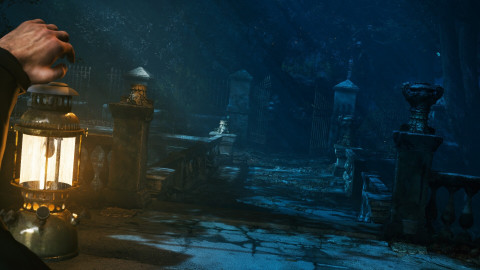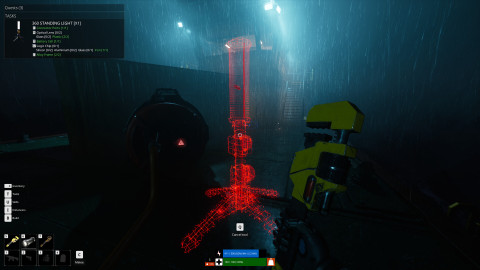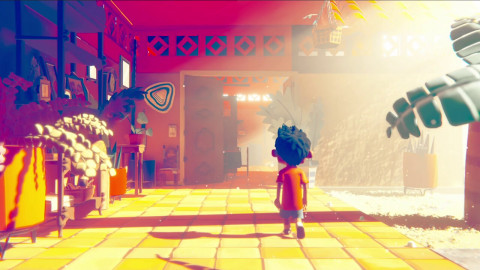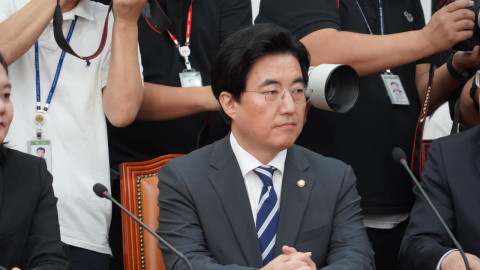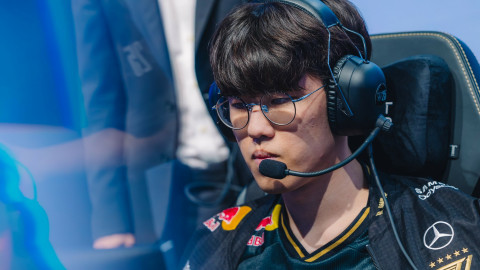When Heroes of the Storm 2.0 launched on April 25, 2016 players new and old were met with a drastic overhaul of the player progression system, bundles to purchase your favorite heroes in bulk, a new map, new heroes and a new interface. Fast forward to Blizzcon 2017 and the Heroes design team is back at it again, turning the game you know and love into a more refined playing experience with subtle, yet impactful changes that are slated to be introduced in 2018.
Lead designer of Heroes of the Storm, Travis McGeathy, sat down with InvenGlobal at Blizzcon to provide us with an in-depth developer insight into the upcoming face lift players can expect next year, including the re-vamped laning phase and the improved system to enhance a player’s game quality.

In addition to the in-game changes taking place a big picture topic, a player’s match making rating (MMR) is being looked at again to provide a better playing experience by matching players with those whom an algorithm determines meets their similar level of skill.
A comparison is made between Overwatch’s MMR system and while McGeathy agrees the system is similar, the implementation is vastly different. The system bases performance around about 20 different stats over the course of a game to determine skill, some that users can see such as siege damage but others that are more back-end such as stun time, silence time, etc.
McGeathy refers to the system as “machine learning” in that the stats are constantly evolving and updating to provide a true MMR for a player based on numerous factors. Depending on the battleground you’re playing on, the region, the different patches, hero additions and known playstyles, the system will be able to evaluate your performance and adjust your rank accordingly to best fit your current skill level. This advanced system dives much deeper into generic numbers such as the amount of times you die and breaks it down further to provide context.
“We’re not looking into the number of deaths but the amount of time spent dead and that is broken down into how long the match went. If you spend five minutes dead in a 20 minute game, that’s really bad but if you spend five minutes dead in a 10 minute game that’s even worse, right?” said McGeathy.
“For every hero we have a board that shows those 20ish stats that shows the importance for that player for high skill play and the example I gave on stage [at Blizzcon] was Kerrigan as a good example of a hero that isn’t exactly what you’d expect. You know, she just destroys people when played well but the difference between a highly-skilled Kerrigan and an average Kerrigan for things like damage, kills and how often she dies is really not substantial because she is just a baseline monster. It’s how effective people are with her crowd control is what sets apart a highly skilled Kerrigan from a lower skilled Kerrigan. All those stats matters but the system will weigh crowd control over damage,” said McGeathy.

“The idea is if you are out-performing consistently what the program would expect for our MMR level you are going to gain more MMR when you win, lose less on a loss and will more quickly reach that MMR that is an actual indication of your skill,” says McGeathy.
The new system should provide players with an overall enhanced playing experience so the bad feeling of “I’m playing with people much worse than me” reduces overtime to where they are strictly playing with those of similar skill level while not abusing the system.
“One of the concerns people have is ‘Is this system gameable?” and the only way you can really ‘game’ the system is; first off, you have to win the game for your MMR to go up to begin with, so you have to win the game and then you would have to be playing as the system has already determined what is effective for that character. So if you’re out there and you’re maxing out the stats that make for good play and you’re winning the game, I would say the system is gaming you, right?” said McGeathy laughing.
Transitioning into the game itself one of the changes taking place is the tower ammunition being removed entirely. Instead of soaking tower shots while pushing a lane and giving yourself a tactical advantage on the map until they run out, the towers will fire continuously. “We wanted to promote more active aggressive play in the lanes. One of the things we’re trying to do is make our laning phase more impactful,” said McGeathy.

Initial thoughts are that the “Specialist” heroes who play the role of “lane bully” by being able to clear an opposing minion wave quickly while exhausting tower ammunition to cause enemy heroes to re-position will be negatively impacted, McGeathy says otherwise through their playtesting.
Another change taking place in-lane is the re-work to how Regeneration Globes are gathered. After four seconds, Regeneration Globes will become neutral if unclaimed and are eligible to be gathered by either team.
McGeathy comments that while the tower ammunition change may change the way lanes are played a bit, the Regen Globe alteration will definitely mix things up. “We want the laning phase to feel more impactful and [players to] be more rewarded if you are able to win your lane so that you become more important in that regard but at the same time with some of the changes we are making it is actually a little easier to play defensively too,” said McGeathy.
Quests that relied gathering Regeneration Globes may be completed much quicker depending on the hero and player, providing a power spike to heroes that were ignored prior if you win your lane.

The final large visual indicator players will see when they experience the 2018 gameplay changes for the first time is the ability, for some, to actually see stealth heroes as they move across the battlefield. By adjusting the shaders associated with the stealth heroes, players can now see them much clearer on the map as they move about.
“Stealth heroes have been a challenge pretty much as long as they have existed because the power and devastating aspect of stealth came about from that “eye test” of ‘Can your opponent see the hero?’” said McGeathy.

McGeathy went on talk about the heroes needing to find a right mix between casual play and competitive play in terms of their visibility and the decision to adjust their shader to make them more visible allows for them to be buffed in certain ways in the future.
Prior, it was difficult to make a stealth hero, such as Zeratul, more powerful as it was already hard enough to see him on the map so little counter-play was involved if your vision was poor. By making the stealth heroes more visible, the Heroes’ team was able to buff Zeratul, Samuro and Valeera in different ways to make up for their increased visibility going forward. An overlooked dynamic when making adjustments to the game, McGeathy says, is the emphasis on “making heroes not only fun to play but be fun to play against.”
The stealth heroes do gain “true stealth” when not moving for a small period of time to add the “fear factor” of “where is the stealth hero?” but once they move their become more visible.
As far as what McGeathy himself is most excited about, “As a system designer at my core, the performance based matchmaking is the most exciting thing for this whole thing. As a player, the camera change. We’ve been playing on this internally for months now and it’s not a huge change, we’re pulling the camera back around 11 percent or so..but once you’ve gotten used to it, going back to the live game, it’s jarring.”

McGeathy and his team have shown time and time again that they are not afraid to take the game that is known and loved and flip it on its head. Nothing is safe from tweaking as 2018 looks to expand the nexus into unknown territories.
“You always want to be iterating on the game and keeping it fresh, making changes to make it a better experience. We’re not afraid to sort of ‘slaughter those sacred cows’ but only when it makes sense,” said McGeathy.
Beginning on November 20th, players will be able to experience the new changes first-hand on the Public Test Realm (PTR) before they go live.
-

Tim Rizzo is the editor and a reporter for Inven Global. He joined the company back in 2017.
Sort by:
Comments :0

